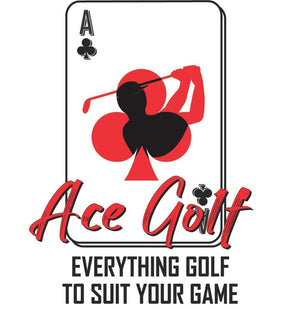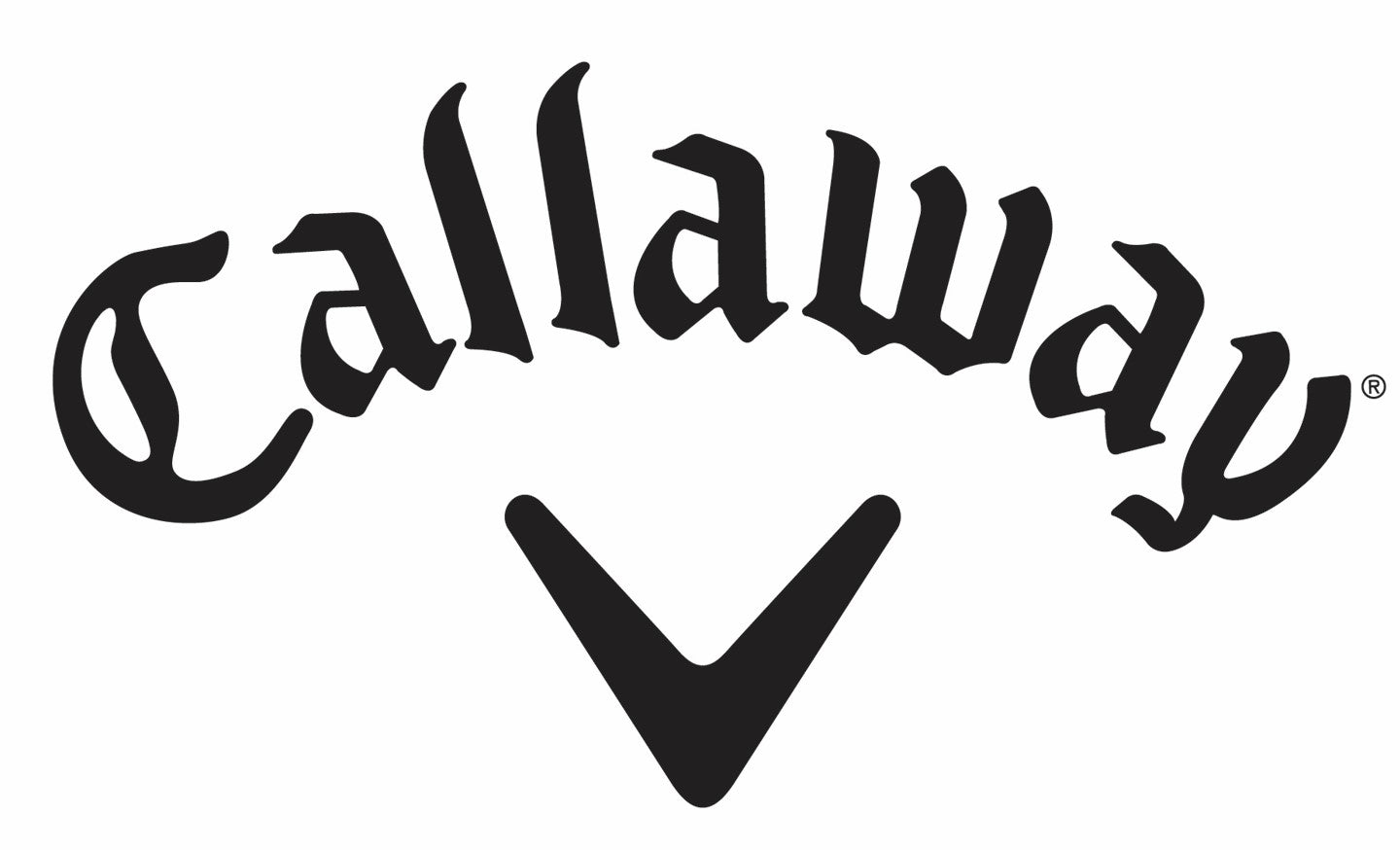Purposeful Practice
What does this mean? Isn’t all practice good?
Growing up learning to play this game I heard one quote from a PGA Professional, it was in the under 16’s Welsh coaching. I was only twelve and it has stuck with me for life.
‘Practice doesn’t make perfect, practice makes permanent!’
This one quote says it all. If you practice the wrong things or practice poorly you will make yourself good at playing poor. Likewise, if you practice the right things and do good practice, you WILL get better.
If you want your practice, time, and effort to make a difference keep reading.
So, what makes good practice?
Well, there are several things to consider when making your practice purposeful. The thing I would say is that you must have a goal to aim for from the training session.
Things to consider when setting goals for your practice:
- Why am I going to practice?
- What am I hoping to achieve from this session
- How am I going to go about achieving this in today’s practice?
- How will I assess the effectiveness of my practice?
These are 4 very important questions when going to practice. Do you ask yourself this when you go to practice? At elite level or recreational golf, if you go to practice, this is time taken from your busy life, let’s make sure we make it effective.
Ok great, can you explain the points above in more detail.
- Why am I going to practice?
- What am I hoping to achieve from this session?
These two questions are both outcome goals. Examples:
Question 1 – Might be you want to lower your handicap.
Question 2 – Might be improving certain aspects of your game to achieve this, here are some examples:
- I want to hit my driver straighter.
- I want to improve the contact with my iron play.
- I want to control distances better with my wedges.
- I want to improve my holing out from 6ft and in
Each of these would be great practice sessions, they have good clear outcome goals to be achieved. Question 3 is the most important part of our practice.
- How am I going to go about achieving this in today’s practice?
The first thing you must do is set a goal and once this is done you need to have a process/performance goal to achieve this. Process goals are different to outcome goals. Outcome goals are what you want to have happen, process goals are what you are going to do to achieve this. Process goals are the most important thing to focus on when practicing.
Here's an example of a process goal:
Outcome goal – Hit the driver straighter.
Process goal – For every golf shot I am going to aim as square to my target as possible. This will include clubface aim, feet, knees, hips and shoulders parallel to the target line.
If you were to hit 50 golf balls on the range with your alignment as square as possible for every golf shot even with the use of alignment aids, this would be a great practice session. The process goal given above was an example. There could be any number of process goals that would be useful to hitting the driver straighter and these would alter from player to player depending on what technically was causing the ball to go offline.
Quite often we don’t know how to get better and seeking coaching from a PGA Professional will help make your practice more effective, offering expert advice and providing clear process goals.
To book your lesson click here:
Question 4 – How effective was my practice?
Well naturally the first question is, did I hit the driver straighter? Of course, this would be the first question, however the most important question you should be asking is, out of the 50 golf balls hit, how good did I align my clubface and body to the target line. This is known as feedback and is very important in reviewing how practice is going, there is more information available in my feedback blog coming soon. Probably the single most important thing with feedback is honesty with yourself. If out of those 50 balls, you can only be sure your aim was correct for 20 balls, was it a good practice session? Well, yes, it is. You had good aim 20 times, the feedback would be why didn’t you have it for the other 30? Once you can answer this question, you can add this to your goals for your next practice session along with the good aim. This is how continued improvements are made.
‘Achieving your goals is like a boat on the ocean going towards an Island in the distance. The rudder controls the direction of the boat, if the boat goes off course you would adjust back online with the rudder. The adjustment with the rudder is your feedback with your practice. If not checked regularly you can go way off course.’
Conclusion
Having a purpose to your practice, setting goals and feedback on the practice are all extremely important. Make sure when you spend time practicing, you make it effective.
For more information on goal setting and feedback look out for these blogs, coming soon. As well as more information on how to take your practice from the range to the golf course.
I’ll finish as I started with this quote:
‘Practice doesn’t make perfect, practice makes permanent.’












